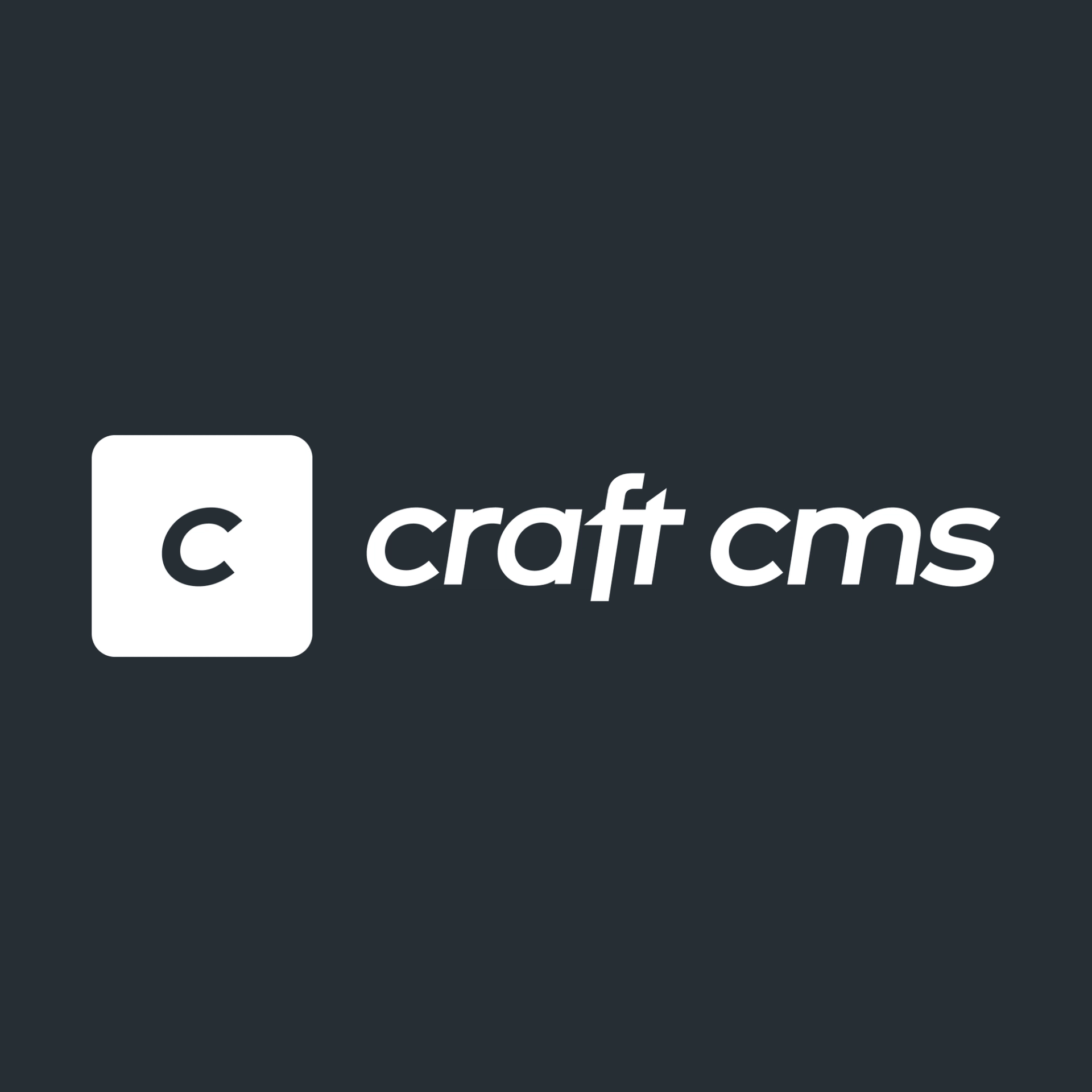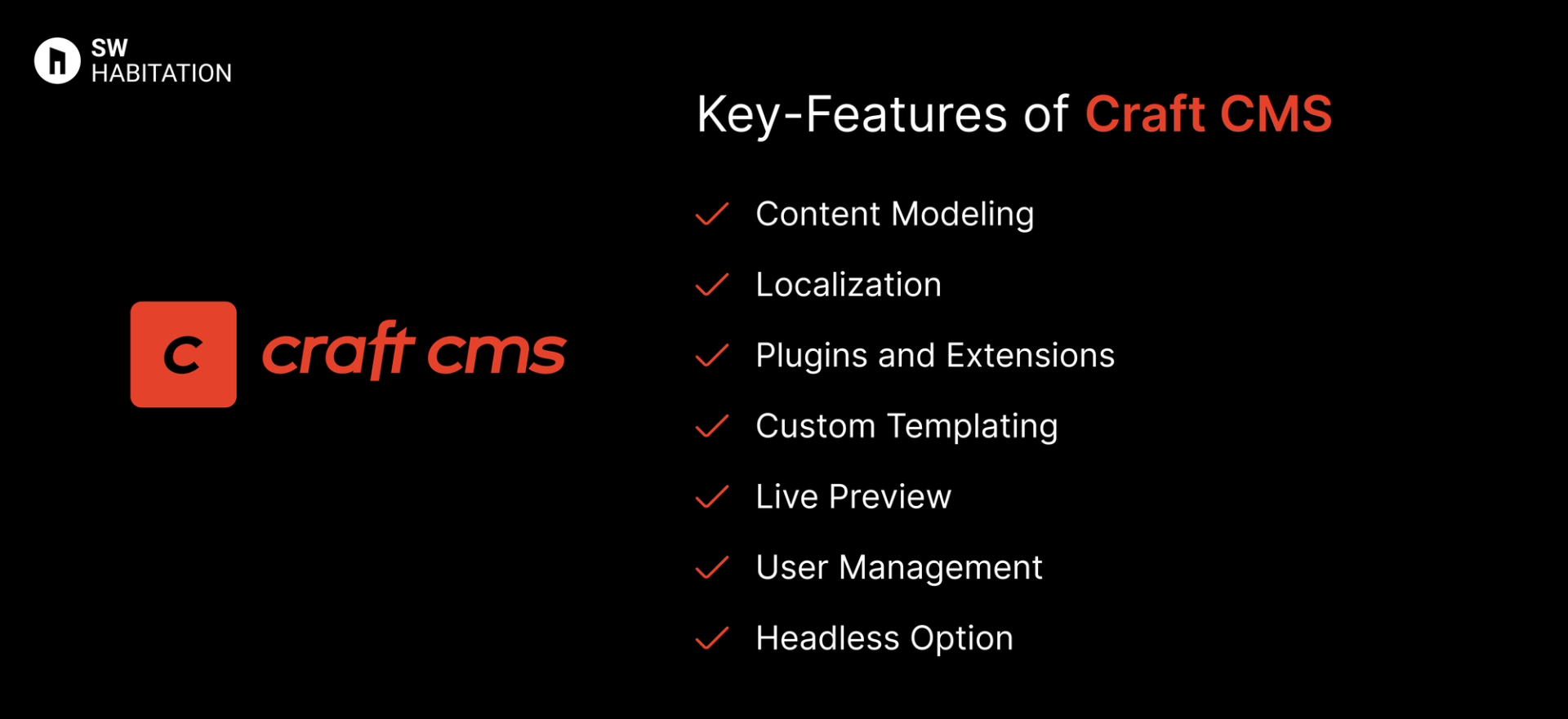Craft CMS vs. DatoCMS

Craft CMS

DatoCMS
You know, when you wanna make a website or a blog but don’t wanna mess with too much code? That’s where a CMS (Content Management System) comes in. It’s like a super easy tool that helps you add text, pictures, and videos to your site without needing to be a tech genius. You just log in, click a few buttons, and your content is live. It's quite simple, right?
What is Craft CMS?
Craft CMS is a content-first CMS that gives developers complete control over their content structure and front-end design.
Unlike traditional CMS platforms that come with pre-built templates, Craft takes a more hands-on approach, you can build everything from scratch, making it super customisable.
Key Features of Craft CMS


- Content Modeling: Structure your content however you like with fields and relationships.
- Localization: Native support for multi-language content.
- Plugins and Extensions: Expand functionality with a rich plugin ecosystem.
- Custom Templating: Use Twig, a simple templating language, for front-end.
- Live Preview: See changes in real time before publishing.
- User Management: Manage user roles and permissions easily.
- Headless Option: Use Craft as a headless CMS with GraphQL or REST APIs.
Advantages of Craft CMS
- Highly Customizable: Total control over your content structure and front-end.
- Active Community: Plenty of plugins and community support.
- Scalable: Handles both small projects and large, complex sites.
- Great Developer Experience: Clean code, easy templating, and robust documentation.
- Built-in Localization: Native support for multilingual sites.
Disadvantages of Craft CMS
- Setup Time: It takes longer to set up compared to plug-&-play CMS options.
- Not Beginner-Friendly: It requires some coding knowledge.
- Paid License: No free tier, you’ll need a license to use it.
What is DatoCMS?
DatoCMS is a headless CMS built to manage content and deliver it across websites, mobile apps, and beyond. It gives developers the flexibility to work with their favorite front-end frameworks while providing content creators with a clean, intuitive interface.
Whether you’re building a personal blog or handling a massive e-commerce website, DatoCMS simplified the process by providing a simple dashboard and robust API for content delivery.
Key Features of DatoCMS


- Roles and Permissions: Manage team access with fine-grained control.
- Integrations: Works well with Next.js, Gatsby, and other static site generators.
- Localization: Built-in support for multi-language content.
- Real-Time Updates: Content changes reflect instantly across all platforms.
- Headless Architecture: Deliver content anywhere using GraphQL or REST APIs.
- Media Library: Manage images, videos, and files with ease.
- Content Modeling: Design content structures that fit your project needs.
Advantages of Datocms
- Great for JAMstack: Integrates seamlessly with modern web technologies.
- User-Friendly: Clean UI for content editors — no technical knowledge required.
- Simple Setup: Get started quickly with minimal configuration.
- Scalable: Handles projects of all sizes, from small blogs to large applications.
- GraphQL Support: Fetch exactly the data you need with powerful queries.
Disadvantages of Datocms
- Learning Curve: GraphQL is powerful but requires some learning if you’re new to it.
- Paid Plans for Advanced Features: Features like advanced roles and high traffic require a paid plan.
- Limited Free Plan: The free tier has restrictions.
Comparison Between Craft CMS vs DatoCMS
Use Cases of Craft CMS
- Custom Websites: When you need total control over your front-end design.
- Headless Implementations: Use Craft’s APIs to serve content anywhere.
- Complex Content Structures: Projects that require complex content relationships.
- Agencies and Freelancers: Ideal for building unique, high-performance websites.
Use Cases of DatoCMS
- Teams with Editors and Developers: Editors get a clean UI, while developers enjoy the flexibility of GraphQL.
- JAMstack Lovers: Works seamlessly with static site generators like Next.js and Gatsby.
- Multi-Language Projects: Built-in localization makes managing translations easy.
- Content-Heavy Websites: Ideal for blogs, e-commerce, and marketing sites.
Other Resources
Conclusion
Headless CMS platforms make managing your website very simple and easy. Whether you’re running a blog, online store, or business, they handle the tough stuff so you can focus on your content.
With a user-friendly interface and the ability to work with any technology, you can create a site that really fits your needs.
These platforms are flexible, secure, and can grow with you. They offer features like custom content, easy editing, and integrations with other tools. Choose the one that fits your requirements and start building your dream website today 🚀
Frequently asked questions
What is Craft CMS used for?
It’s used for creating custom websites where you need full control over the design and content.
Is craft cms beginner-friendly?
It’s a bit more technical than some other CMSs, so it’s ideal if you’re comfortable with web development.
Can I use Craft CMS with React or Next.js?
Yes, but you’ll need to set up an API to make it work smoothly with frontend frameworks.
Is Craft CMS free?
No, but it offers a one-time license fee, which can be more affordable for long-term projects.
Does craft-cms offer built-in SEO tools?
Not out of the box, but you can add plugins for SEO features.
Is DatoCMS good for editors?
Yes, DatoCMS has an intuitive, user-friendly admin interface that’s designed for content editors. It’s easy to add, update, and manage content without needing to touch code.
Is DatoCMS free to start?
DatoCMS has a free tier for small projects. It’s great for personal or small business sites, offering a manageable amount of content and API calls before you need to upgrade.
Does DatoCMS have image optimization?
Yes, DatoCMS provides powerful image optimization tools right out of the box. You can resize, crop, and optimize images for faster performance and better user experience.
What frontend can I use with DatoCMS?
DatoCMS is frontend-agnostic, so you can use any framework or static site generator you prefer—React, Next.js, Gatsby, Vue, or even plain HTML. It's flexible to meet the needs of any project.
